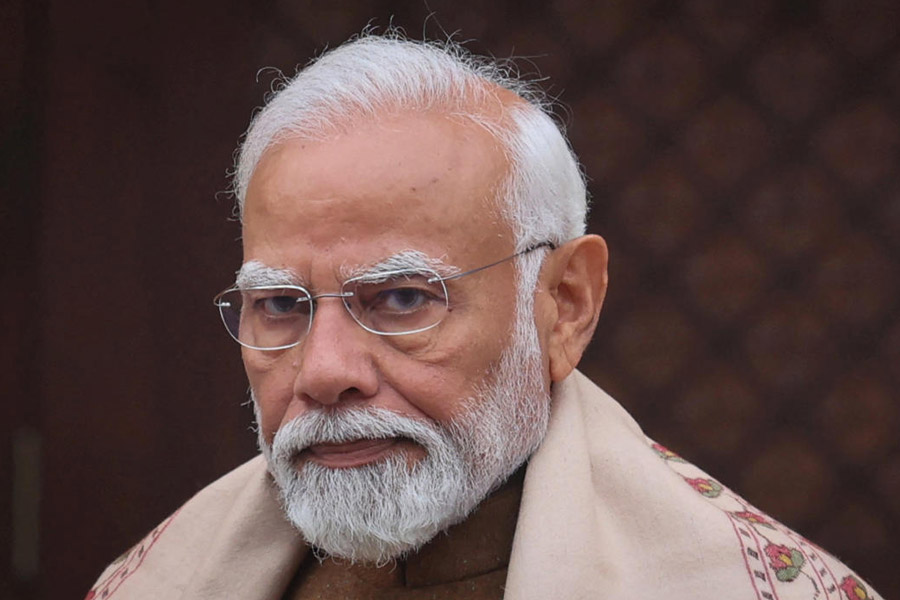The Stockholm International Peace Research Institute reported this week that India continues to maintain its position as the world’s largest weapons importer, outpacing Saudi Arabia, Qatar, Ukraine and Pakistan among major arms buyers. The SIPRI findings raise questions about the success of Narendra Modi’s efforts to fundamentally transform India’s indigenous arms manufacturing capabilities at a time of growing geopolitical uncertainty. Between 2019 and 2023, India was responsible for 9.8% of the world’s weapons imports, up from 9.1% in the previous five-year period. While Russia’s war on Ukraine and escalating tensions in the Middle East have also led to an increase in arms purchases by other countries, including Ukraine, Qatar and Pakistan, none of those nations has made domestic weapons production a centrepiece of its strategic policy the way India has under Mr Modi. Ironically, the SIPRI report made it to the headlines almost at the same time as Mr Modi was visiting Pokhran for a military exercise titled Bharat Shakti, after which the prime minister declared that his government was doing all it could to make India self-reliant in defence.
To be sure, India under Mr Modi has adopted several policies aimed at boosting domestic defence production. Some of the country’s biggest defence deals in recent years with Russia, France and other partners require the co-production of weapons, including at Indian facilities. Indian military exports have also grown significantly, from Rs 686 crore in 2013-14 to Rs 16,000 crore. But the central aim of domestic defence production is not to balance the books between imports and exports. Rather, it is, as Mr Modi said, to ensure that India is self-reliant in the sector and less vulnerable in the face of sudden crises or military escalations. India has not made much progress in this aspect. The Defence Research and Development Organisation is developing fifth-generation fighter jets, jetpacks and other potentially cutting-edge military hardware. But barring some projects, like the DRDO’s INDRA-1 and INDRA-2 doppler radar systems, India’s armed forces are yet to actually incorporate many of the public sector organisation’s recent offerings. Meanwhile, complex defence procurement rules are making it difficult for the armed forces to purchase equipment from private Indian manufacturers and startups, hampering their growth. New Delhi has tasted diplomatic success in recent years. But it is acutely aware of the steep challenges that lie ahead, given the fluid global situation. Bolstering indigenous defence production is a necessary deterrent. But Indian diplomacy must also ensure that there is no deterioration in strategic ties and ambience.










